Business innovation services by WE&B
WE&B’s definition of Business Innovation is:
The process of creating, adapting or translating an idea, technology, tool, model or methodology into a good or service that creates systemic (social, economic, environmental) value and for which customers are willing to pay.
“There is an improved understanding that it is not enough for organisations and sectors to concern themselves only with short-term profits because natural disasters, social unrest or economic disparity can damage long-term prosperity. The businesses that understand this challenge and take action will be a step ahead” – UN World Social Report 2020.

Knowing that sustainable development can only be achieved hand-in-hand with industry, WE&B’s focus is on making sure that businesses can be sustainable by ensuring business innovation enhances the environment.
WE&B provides Business Innovation, to bring businesses a step ahead, through 4 concrete services:
According to WE&B, a well-designed business model delivers existing products to the market but shall do no harm to the environment while increasing the revenue to the business and providing development opportunities to the community.
Through a structured process of reviewing the product, process, technology, tool, model or methodology we propose the most appropriate business model. We use various tools (e.g. Straw man proposal, Business Model Canvas, Value Proposition Canvas etc.) to innovate and to refine the thinking process. At each step, we make sure the business is innovative and sustainable.
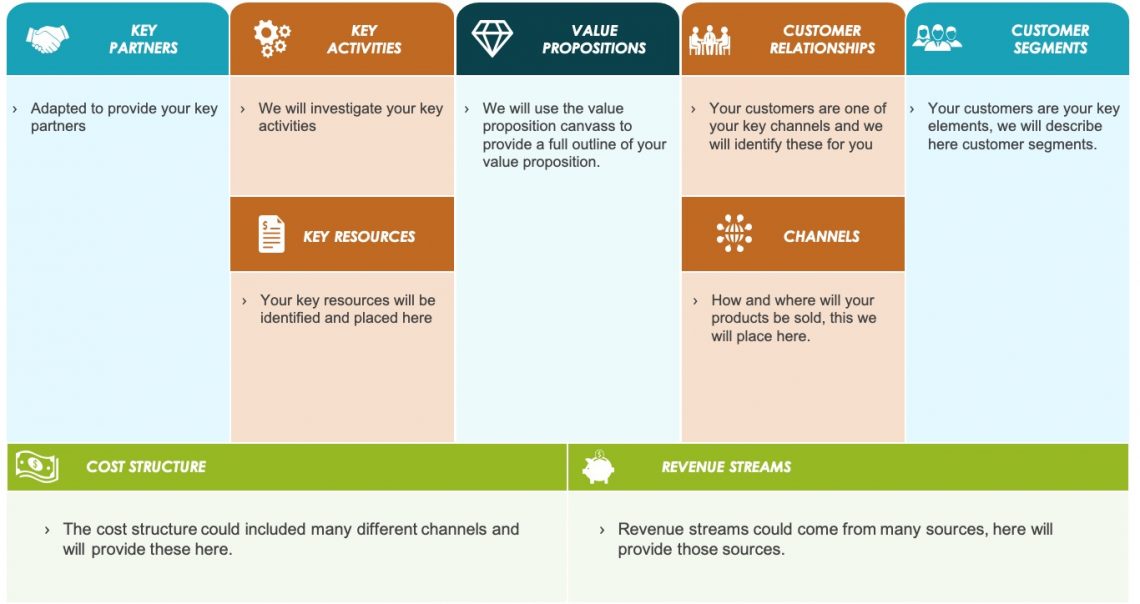
We allow you to understand who the competitors and collaborators are and deliver a market study and analysis. We package all this into a business report. We bring the innovative ideas from science into practice and into the market. WE&B has performed these activities for various entities and businesses and in various projects such as the business plans developed in AfriAlliance, the business models in WaterClima LAC, or the water reuse business plans in DEMOWARE and for the consortium of Besos Tordera in Spain.
Service product:
A full business plan with an environmental and sustainable focus, together with a defined innovative business model and market analysis.
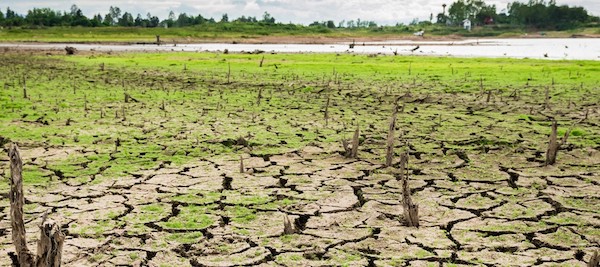
FEATURED PROJECT
Africa-EU Innovation Alliance for Water and Climate (AfriAlliance)
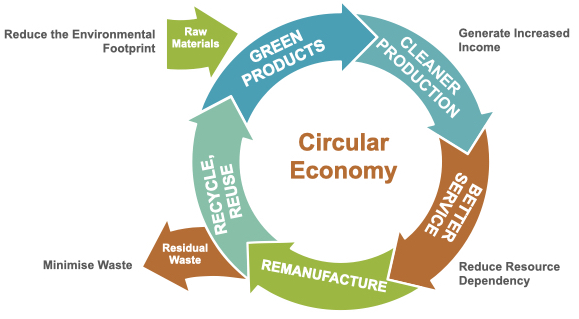
A circular economy is based on the principles of designing out waste and pollution, keeping products and materials in use, and regenerating natural systems (The Ellen MacArthur Foundation). With new ways of thinking, businesses can be redesigned to continue to grow while improving the environment and connecting to other business in the circular value chain to reinforce socio-economic and environmental profit.
WE&B has advised companies, multi-lateral organisations and governments on how to transition to a circular economy. Whether it is looking at a single product, an industry, a sector or an entire economy, our insights are tailored to bring the principles of circular economy to fruition.
Circular economy technology mapping has the ability to uncover the progress of circular economy implementation in various sectors. Examples of WE&B’s experience with circular economy technology mapping are found in the projects Houseful and RUN4LIFE. Tariff structures and economic models aligned to a circular economy design to ensure that businesses are adhering to the principles of circular economy. Projects demonstrating WE&B’s experience with this are the Study on Business Opportunities in Circular Economy Sectors in Mexico (LCBA Mexico) and Banana Plantation Plastic Bag Waste Management in Mexico.
Service output:
A full diagnosis of a product, industry, sector or economy with insights, action plans and recommendations to bring it in line with circular economy principles.
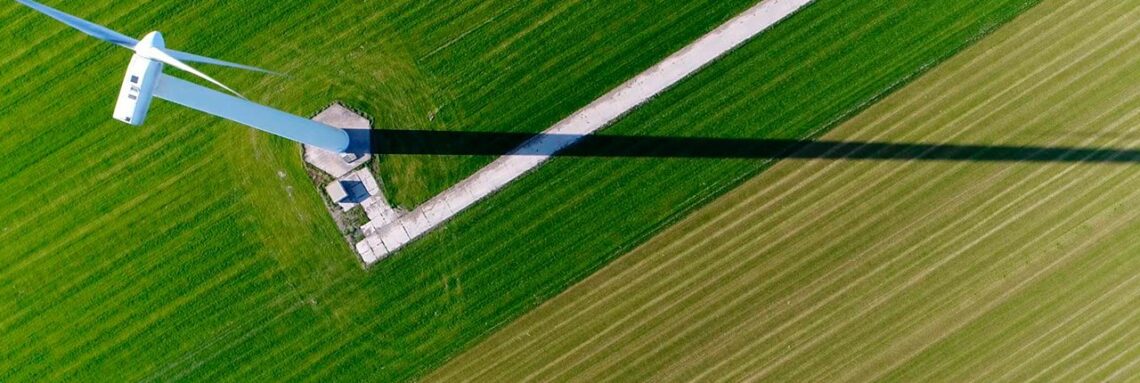
FEATURED PROJECT
Study on Business Opportunities on Circular Economy Sectors in Mexico (LCBA Mexico)
“Green Growth is the new revolutionary development paradigm that sustains economic growth while at the same time ensuring climatic and environmental sustainability. It focuses on addressing the root causes of these challenges while ensuring the creation of the necessary channels for resource distribution and access to basic commodities for the impoverished.”– Global Green Growth Institute 2011.
Green Growth provides a practical and flexible approach to achieving concrete, measurable progress across economic and environmental pillars, while taking full account of the social consequences of greening the growth dynamic of economies. A growth profile needs to focus on managing the life cycle of natural resources, from extraction to the use and re-use of goods in order to develop a resource-efficient economy.
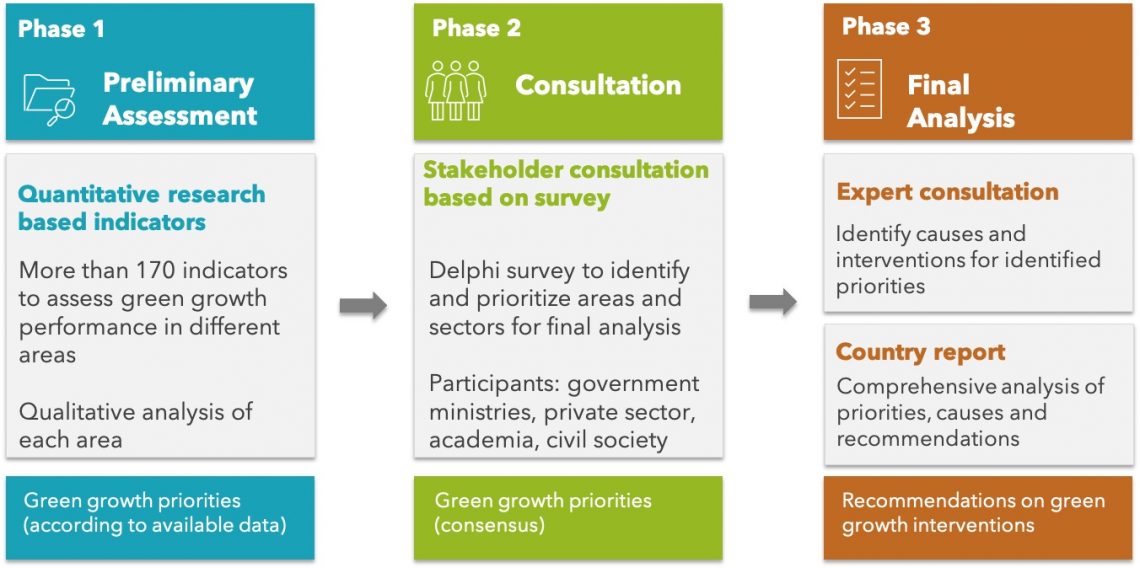
Having piloted and tested Green Growth potential assessments at national level for the governments of Nepal and Peru (GGGI Peru, GGGI Nepal) as well as providing synergies for Green Growth strategies in the Mediterranean (SYNNGY), WE&B has the experience, tools and methodologies to deep dive into the different economic sectors to provide recommendations to align to Green Growth.
WE&B undertakes technology mapping, to provide an understanding of which companies and sectors are producing technologies that can drive a Green Growth strategy. WE&Bs experience of technology mapping stretches across sectors and continents (project examples of: EU Dialogues project, Low Carbon Action Mexico, Water Reuse LAC). WE&B analyses utility tariff structures (for instance for water reuse: projects of DEMOWARE; Besos Tordera; BrainyMem) to ensure companies remain economically sustainable while aligning their businesses to Green Growth.
WE&B provides a full analysis of program and project evaluations where insights are provided to overcome the inefficiencies in financing in Green Growth programs – project example includes the GGGI Peru Program Evaluation.
Service output:
Analysis, studies and technical reports that provide insights into the following aspects:
- Green Growth Potential Assessments
- Tariff Structures
- Technology Mapping
- Program Evaluation
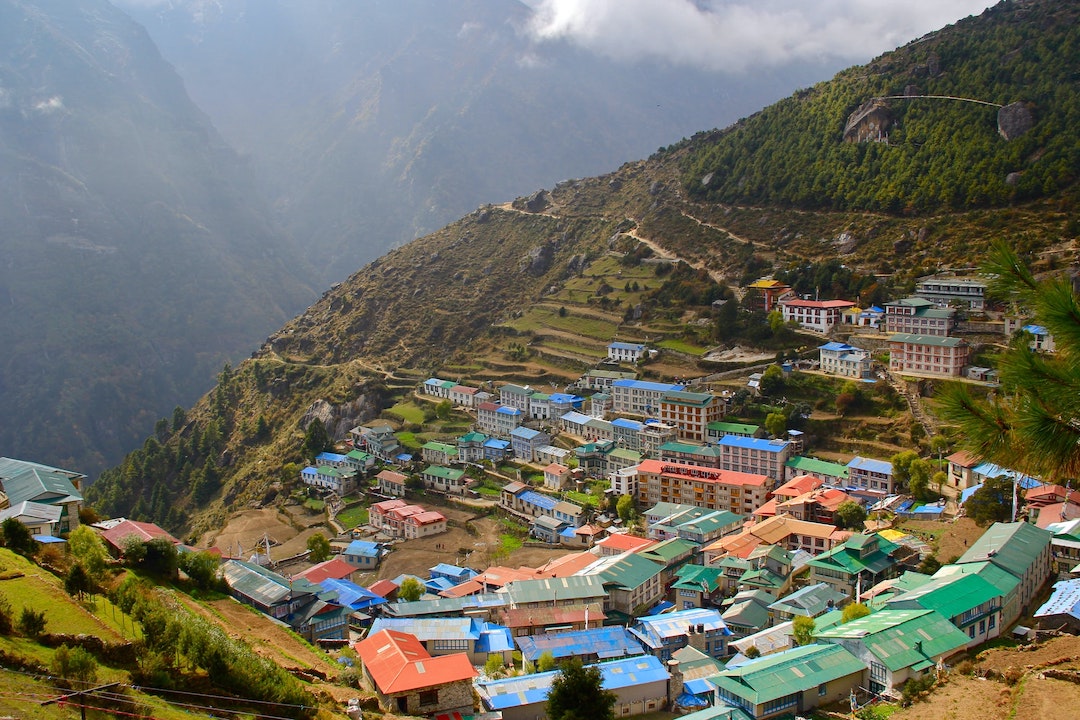
FEATURED PROJECT
Pilot Testing the Green Growth Potential Assessment (GGPA) in Nepal (GGPA Nepal)
Nature’s Contribution to People (NCP) (Ecosystem Services), is defined as all the positive contributions, or benefits, that people obtain from nature. It goes further than ecosystem services by explicitly embracing concepts associated with other worldviews on human–nature relations and knowledge systems (Pascual et. al 2017)
WE&B takes a systemic approach to evaluating the relationships between the human and natural systems. For example, in the project IUCN, WE&B studied the interplay between biodiversity and the cultural practices of agriculture in the Mediterranean.
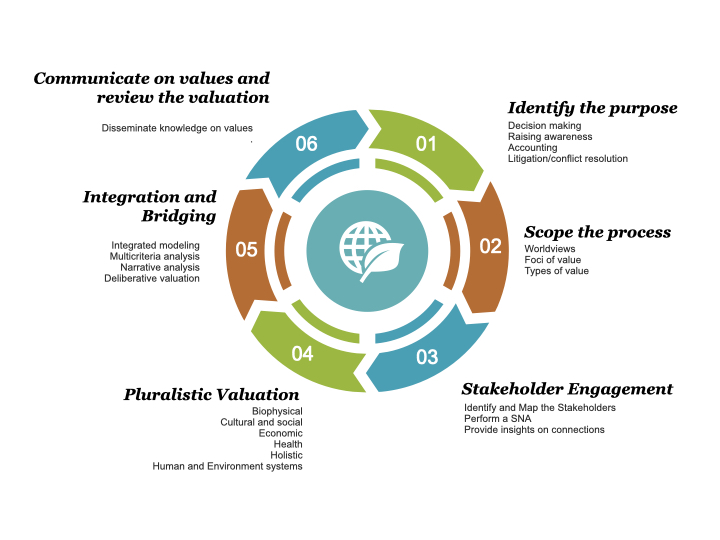
Service Output:
Report detailing the critical studies of the impacts of changes in nature and NCP and on people’s quality of life.
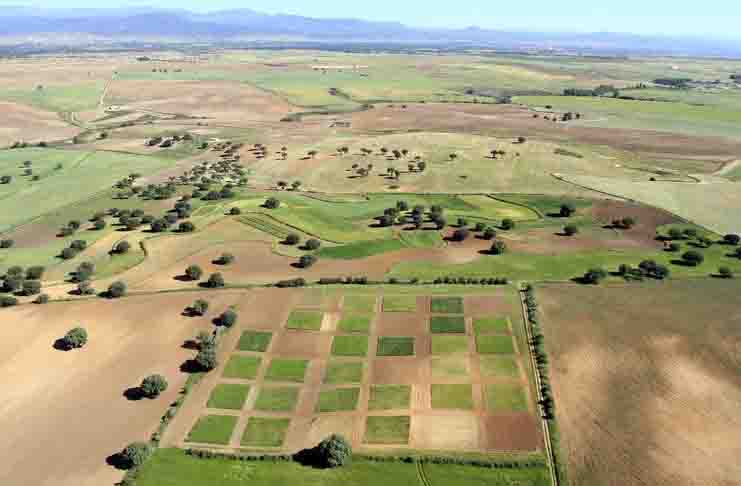
FEATURED PROJECT



